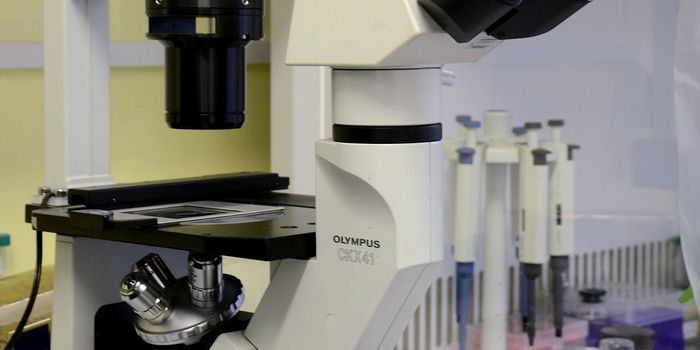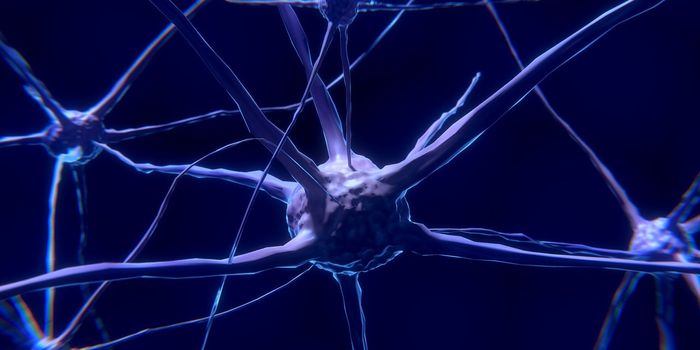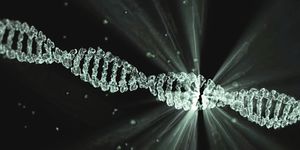A Metabolic Pathway Could Lead to a New Glioblastoma Treatment
Glioblastoma (GBM), a particularly aggressive form of brain cancer, develops in the astrocyte cells found in the glial tissue of the brain and spinal cord. About 14,000 new GBM cases occur each year, and while GBM rarely spreads outside of the brain, it remains a highly aggressive disease. The survival rate for GBM has remained nearly unchanged for decades, and less than 7% of patients achieve five-year survival. Sadly, the average survival for GMB patients is only 15 – 18 months post-diagnosis.
Treating GBM tumors presents many challenges, which partly accounts for the poor survival rate associated with this malignancy. One approach to treat some aggressive cancers involves targeting metabolic pathways in the tumor. Metabolic treatment strategies take advantage of how tumors benefit from metabolic reprogramming, which helps them develop and grow. In fact, many chemotherapies used to treat different types of cancer target tumor metabolism. Unfortunately, complications preventing drugs from crossing the blood-brain barrier make it difficult for these therapies to reach brain tumors, including GBM.
Another challenge to targeting the metabolic pathways in GBM tumors is the heterogeneity of the tumor metabolism. It remains unclear how molecular changes in GBM tumors produce diverse metabolic parameters. To better understand the metabolic diversity of GBM, a team of researchers from the University of California, Los Angeles investigated genomic data from 156 molecularly diverse GBM tumors. The researchers recently published the results of their study, which includes the creation of a publicly available database of genetic data in Cancer Cell.
Exploration of the GBM tumors uncovered a new role for a mutation in the CDKN2A, found in about 60% of GBM patients. The researchers found tumors with a CDKN2A deletion undergo a change in lipid metabolism rendering them more likely to succumb to a process called ferroptosis, an iron-dependent form of cell death. When occurring in tumor cells, ferroptosis leads to tumor suppression and thus presents a novel avenue for therapeutic drug development.
Next, the researchers treated GBM cells with a drug that targets ferroptosis. They found GBM cells with a CDKN2A deletion more susceptible to the drug than cells with non-mutated CDKN2A. This treatment resulted in greater cell death rates in GBM cells with CDKN2A deletion than those without, indicating a potential treatment to induce tumor cell death. These findings provide a strong rationale for developing a similar drug for clinical trial implementation.
The study identifies CDKN2A’s role in cancer cell death as a proof-of-principle for the utility of the database generated. The researchers compiled a resource of molecular, genetic, and metabolic data that they encourage other investigators to utilize to identify other therapeutically exploitable targets pivotal to GBM metabolism.
Sources: CA, Cell Chem Biol, Cancer Cell, EBioMed, Molec Cancer









